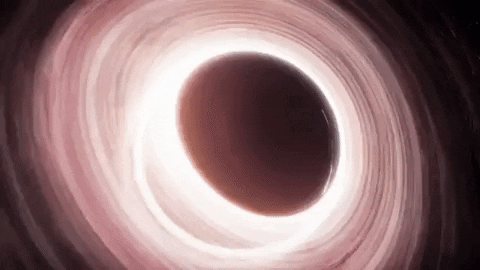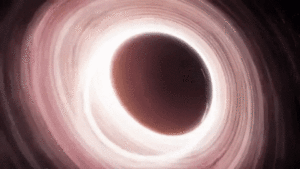White holes are black ones in reverse, spewing out matter– and they could give us our first glimpse of the quantum source of space-time.
In the textbooks, Gravitation and Cosmology, Nobel prizewinning physicist Steven Weinberg wrote that the existence of black holes “very hypothetical”, there is no [black hole] in the gravitational field of any known object of the universe”. He was dead wrong. Radio astronomers had already been detecting signals from matter falling into black holes for decades without realising. Today we have lots of evidence that the sky is teeming with them.
The story may now be repeating itself with white holes, which are essentially black holes in reverse. In another renowned textbook, the world-leading relativity theorist Bob Wald wrote that “there is no reason to believe that any region of the universe corresponds to” a white hole – and this is still the dominant opinion today. But several research groups around the world have recently begun to investigate the possibility that quantum mechanics could open a channel for these white holes to form. The sky might be teeming with white holes, too.
The reason to suspect white holes exist is that they could solve an open mystery: what goes on at the centre of a black hole. We see great amounts of matter spiralling around black holes and then falling in. All this falling matter crosses the surface of the hole, the “horizon” or point of no return, plummets towards the centre, and then? Nobody knows.
White holes are completely theoretical mathematical concepts. In fact, if you do black hole mathematics for a living, I’m told, ignoring the mass of the singularity makes your life so much easier.
They are not things that actually proven to exist. It’s not like astronomers detected an unusual outburst of radiation and then developed hypothetical white hole models to explain them.
if white holes did exist, they would behave like reverse black holes – just like the math predicts. Instead of pulling material inward, a white hole would blast material out into space like some kind of white chocolate fountain.
White Holes only theoretically exist as long as there isn’t a single speck of matter within the event horizon. As soon as a single atom of hydrogen drifted into the region, the whole thing would collapse. Even if white holes were created back at the beginning of the universe, they would have collapsed long ago, since our universe is already filled with stray matter.
In theory, a black hole singularity would compress down until the smallest possible size predicted by physics. Then it would rebound as a white hole. But because of the severe time dilation effect around a black hole, this event would take billions of years for even the lowest mass ones to finally get around to popping.
If there were microscopic black holes created after the Big Bang, they might get around to decaying and exploding as white holes any day now. Except, according to Stephen Hawking, they would have already evaporated.
Another interesting idea put forth by physicists is that a white hole might explain the Big Bang since this is another situation where a tremendous amount of matter and energy spontaneously appeared.
White Hole exists or not is still a mystery but it’s a very fascinating topic. The more we study and understand our universe, the more our brain gets blown away.

